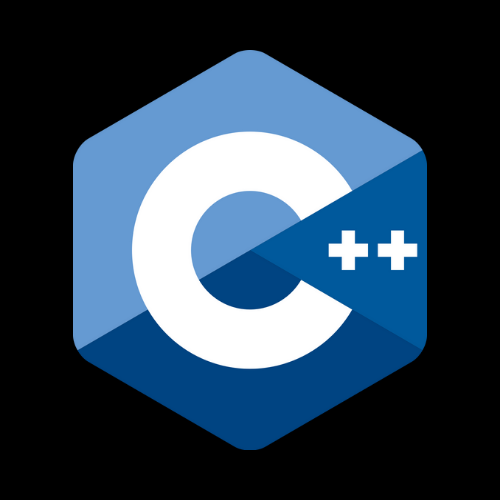Level: Advanced
1. Explain the process of kernel compilation in Linux.
2. How do you configure and use KVM for virtualization on Linux?
3. Describe the process of creating and managing Docker containers on a Linux system.
4. How do you implement LUKS encryption for disk partitions?
5. Explain the purpose and configuration of SELinux policies.
6. How do you set up and manage a RAID array on Linux?
7. Describe the steps to create a custom systemd service.
8. How do you optimize performance using cgroups?
9. What is the purpose of the /sys directory, and how is it used?
10. How do you implement and manage ZFS on Linux?
11. Explain the process of setting up a highly available NFS server.
12. How do you configure IP masquerading and NAT using iptables?
13. Describe the process of setting up and configuring an LDAP server on Linux.
14. How do you use tcpdump to capture and analyze network traffic?
15. What is the purpose of the auditd daemon, and how do you configure it?
16. Explain how to use AppArmor for security in Linux.
17. How do you create and manage LVM snapshots?
18. Describe the process of setting up a Kubernetes cluster on Linux.
19. How do you configure and manage Btrfs filesystems?
20. What is the purpose of ethtool, and how do you use it?
21. How do you implement disk quotas for users and groups?
22. Explain the process of setting up a secure VPN server on Linux.
23. How do you configure and use the mdadm tool for managing software RAID?
24. Describe how to set up and manage a Postfix mail server.
25. How do you implement SELinux Boolean values for tuning policies?
26. Explain the purpose and use of the sysctl command.
27. How do you configure and manage a Samba file server?
28. Describe the process of setting up a PXE boot server.
29. How do you implement and manage logical volumes using LVM?
30. What is the purpose of the tuned daemon, and how do you configure it?
31. How do you set up and configure a DNS server using BIND?
32. Explain the process of setting up an OpenStack cloud environment.
33. How do you use iptables for advanced packet filtering and traffic shaping?
34. Describe the steps to configure and use auditd for security auditing.
35. How do you implement and manage network namespaces in Linux?
36. Explain the process of configuring a DHCP server on Linux.
37. How do you set up and manage a high-availability cluster using pacemaker and corosync?
38. What is the purpose of the /etc/security/limits.conf file, and how do you use it?
39. How do you configure and use the ip command for advanced network management?
40. Describe the process of setting up a secure web server using Apache or Nginx.
41. How do you use perf to profile and analyze system performance?
42. Explain the process of setting up a continuous integration/continuous deployment (CI/CD) pipeline on Linux.
43. How do you configure and use netfilter for advanced network security?
44. Describe the steps to implement and manage IPv6 on a Linux system.
45. How do you use systemtap for kernel debugging and performance monitoring?
46. Explain the purpose and use of the cgroups subsystem for resource management.
47. How do you set up and manage a Redis server on Linux?
48. Describe the process of configuring and using logrotate for log file management.
49. How do you configure and manage an FTP server using vsftpd?
50. Explain the process of setting up and managing a MySQL or PostgreSQL database server on Linux.


